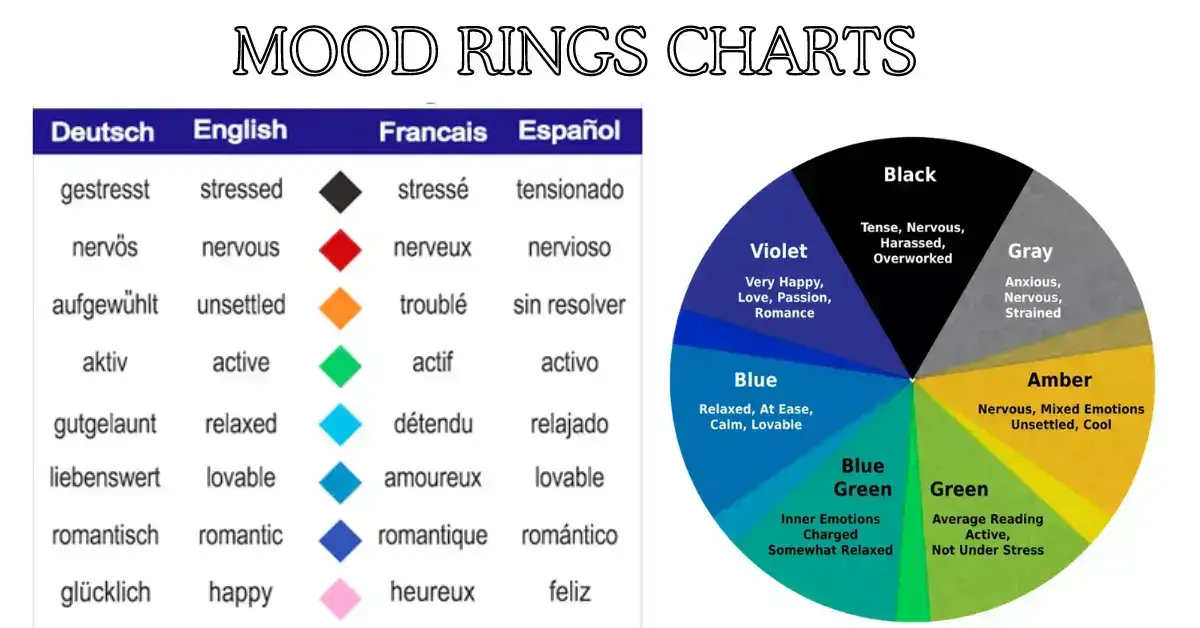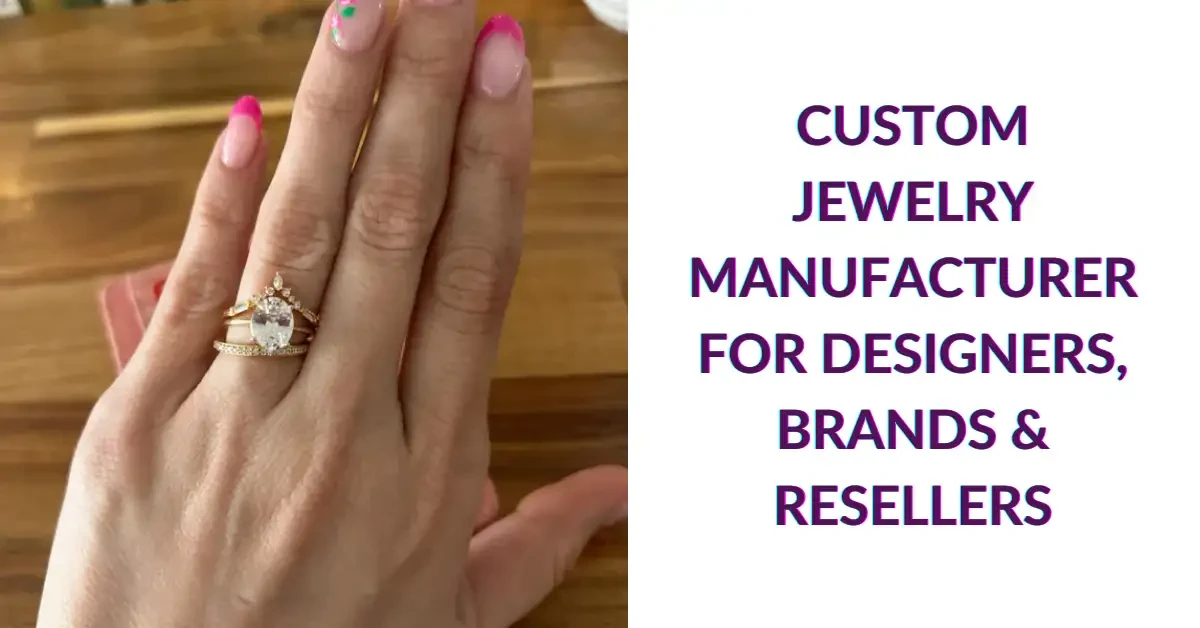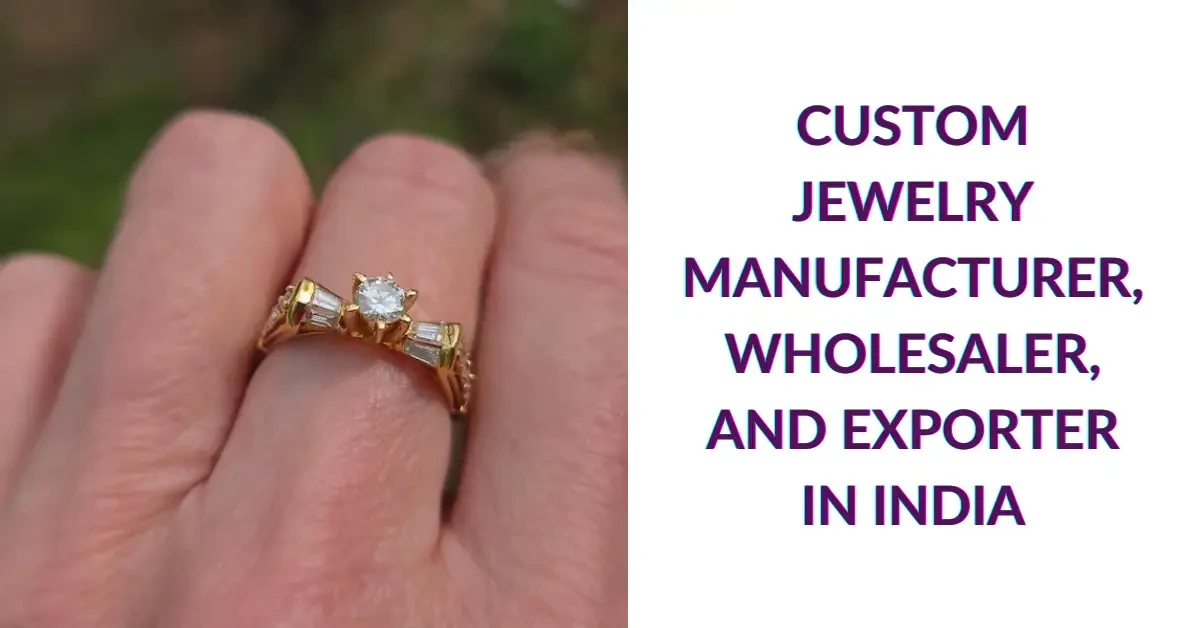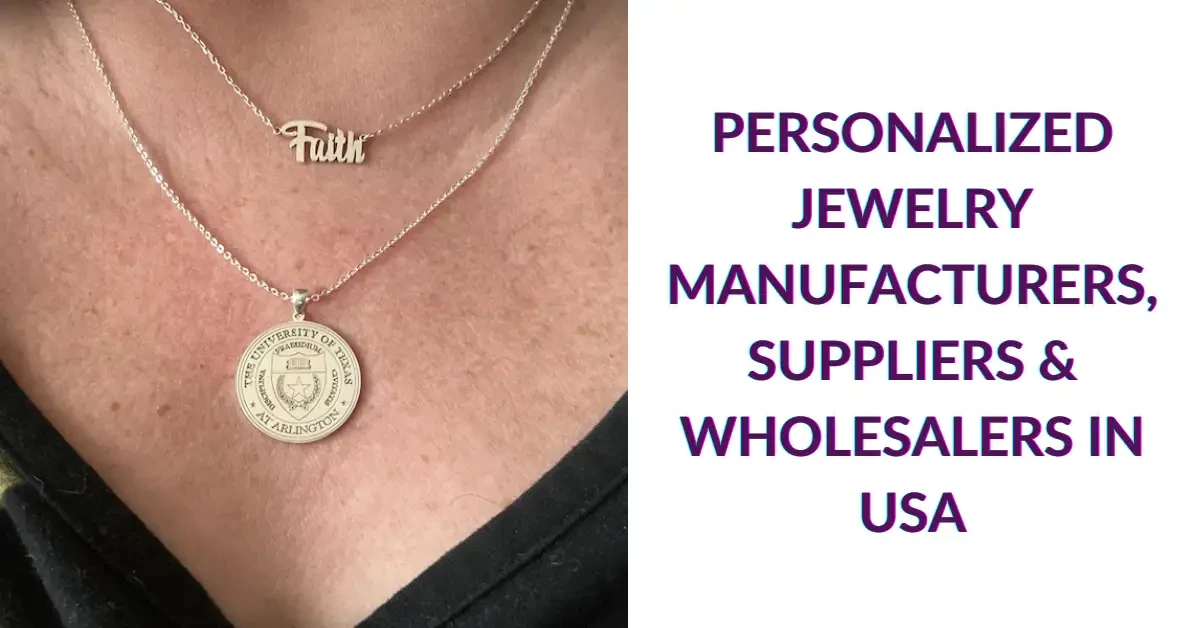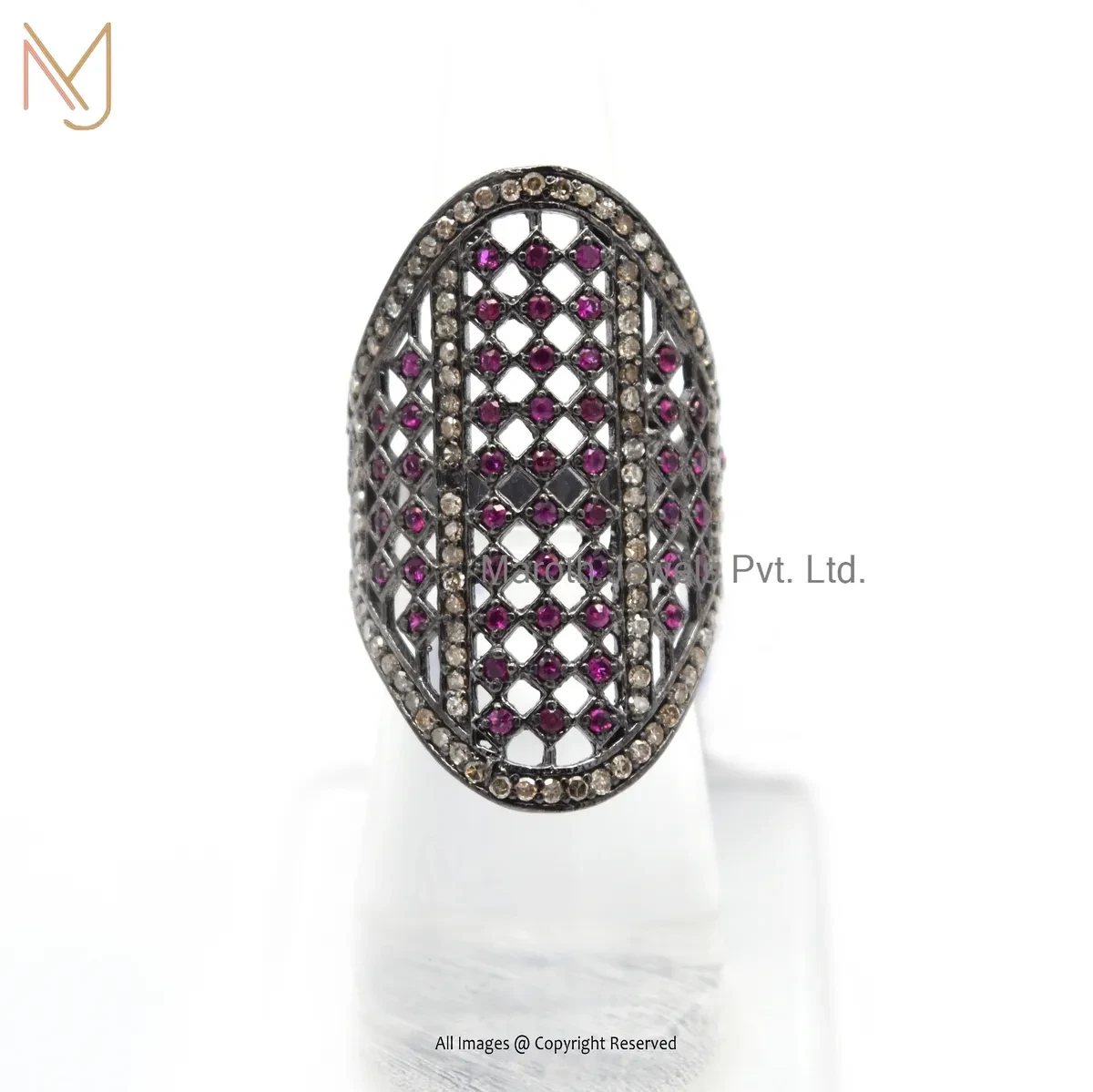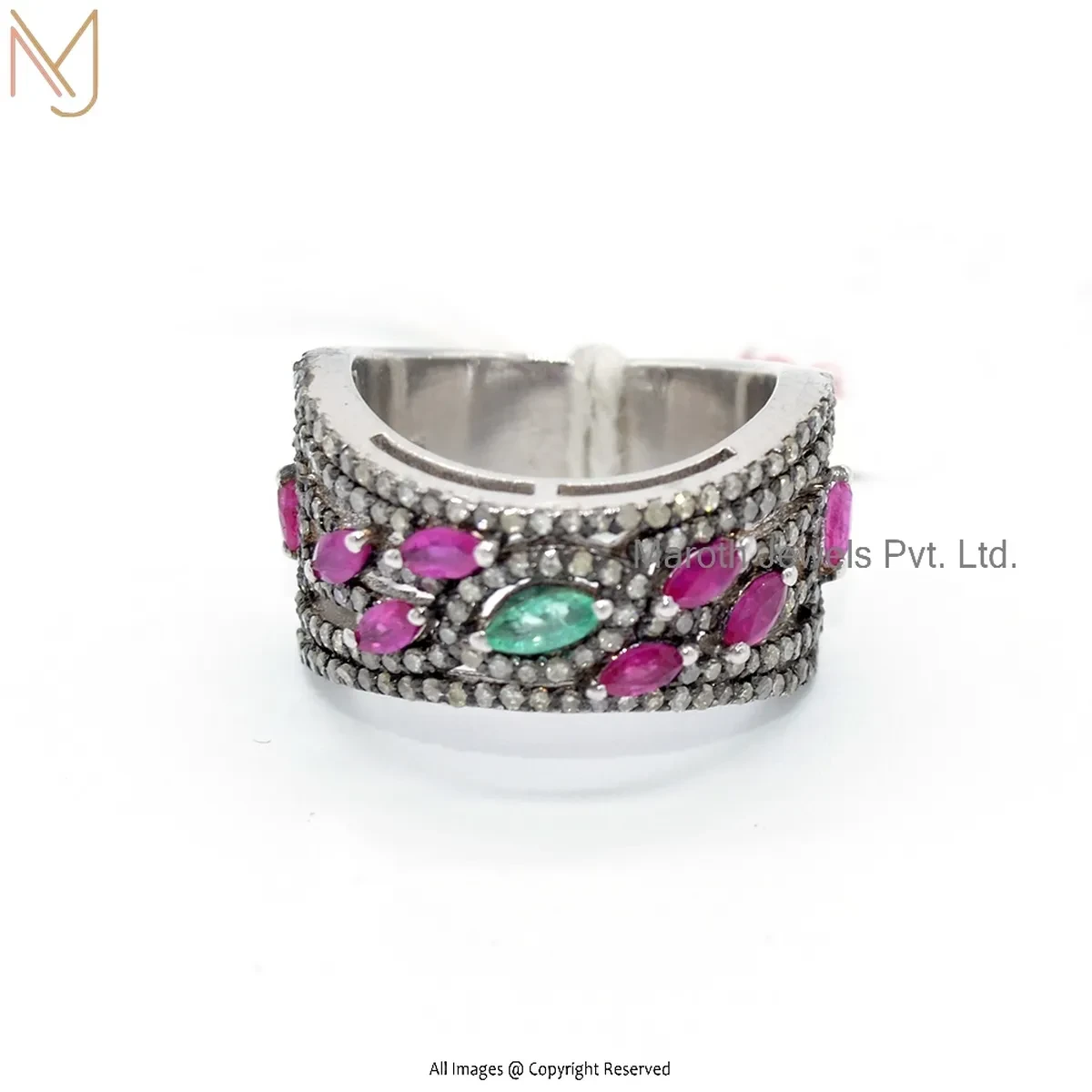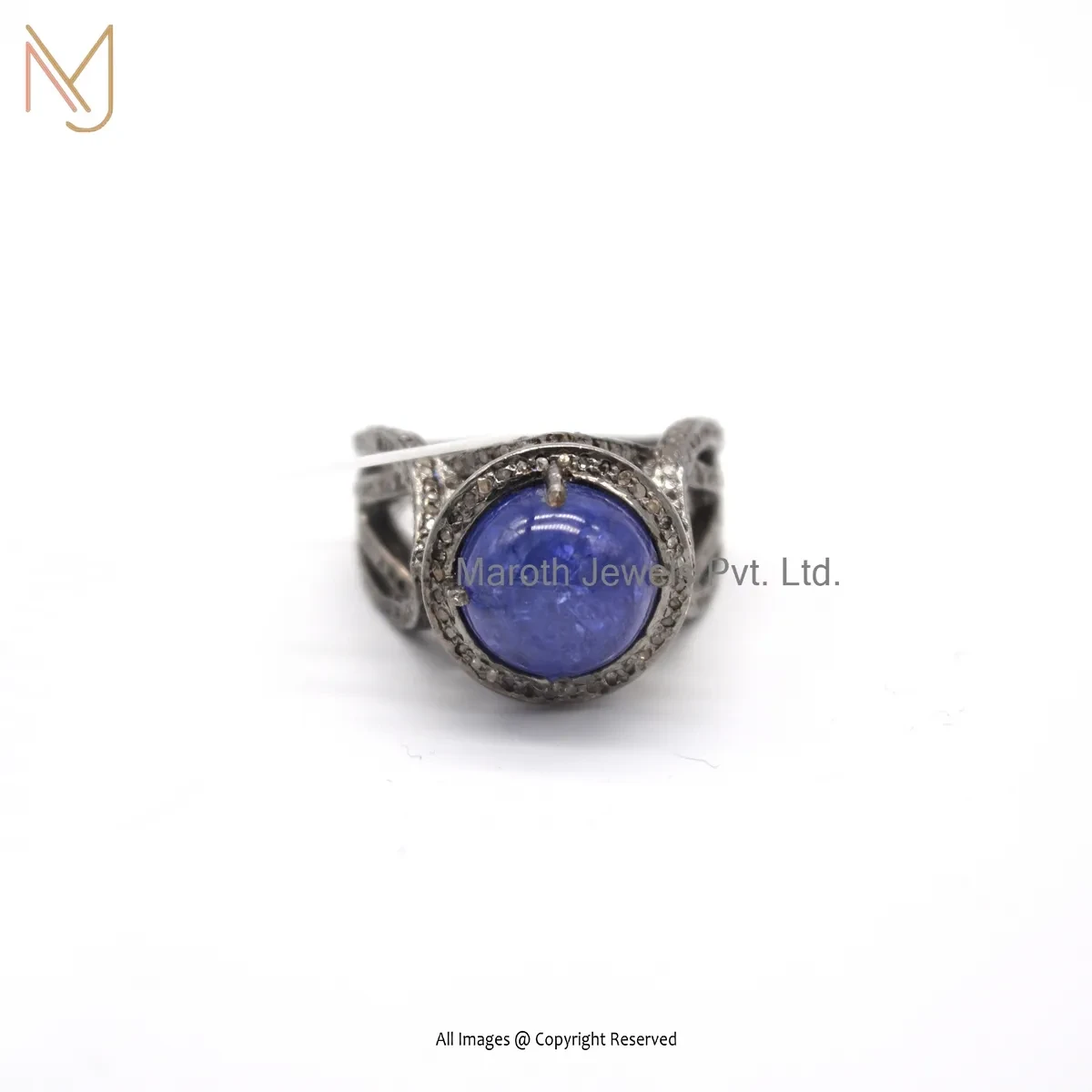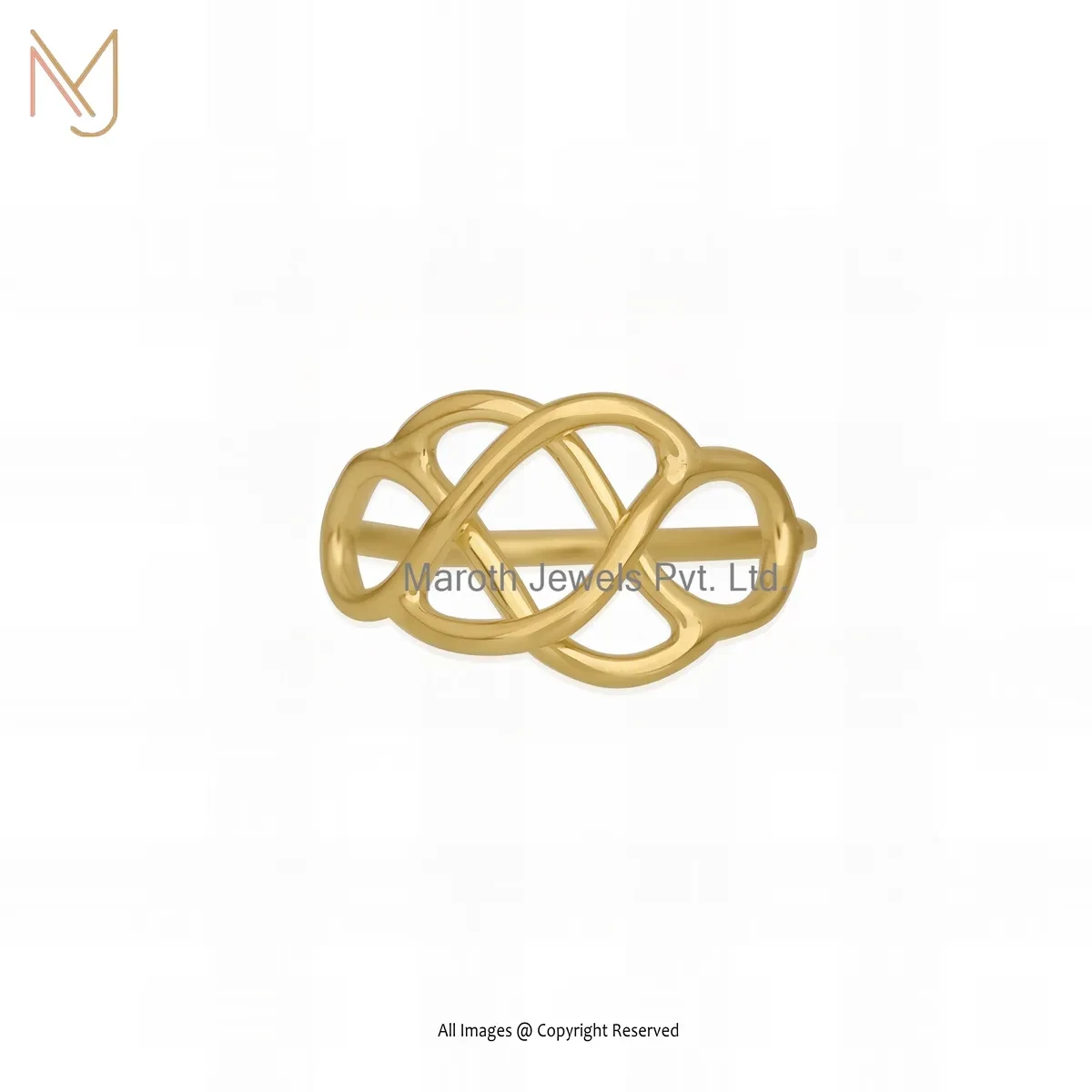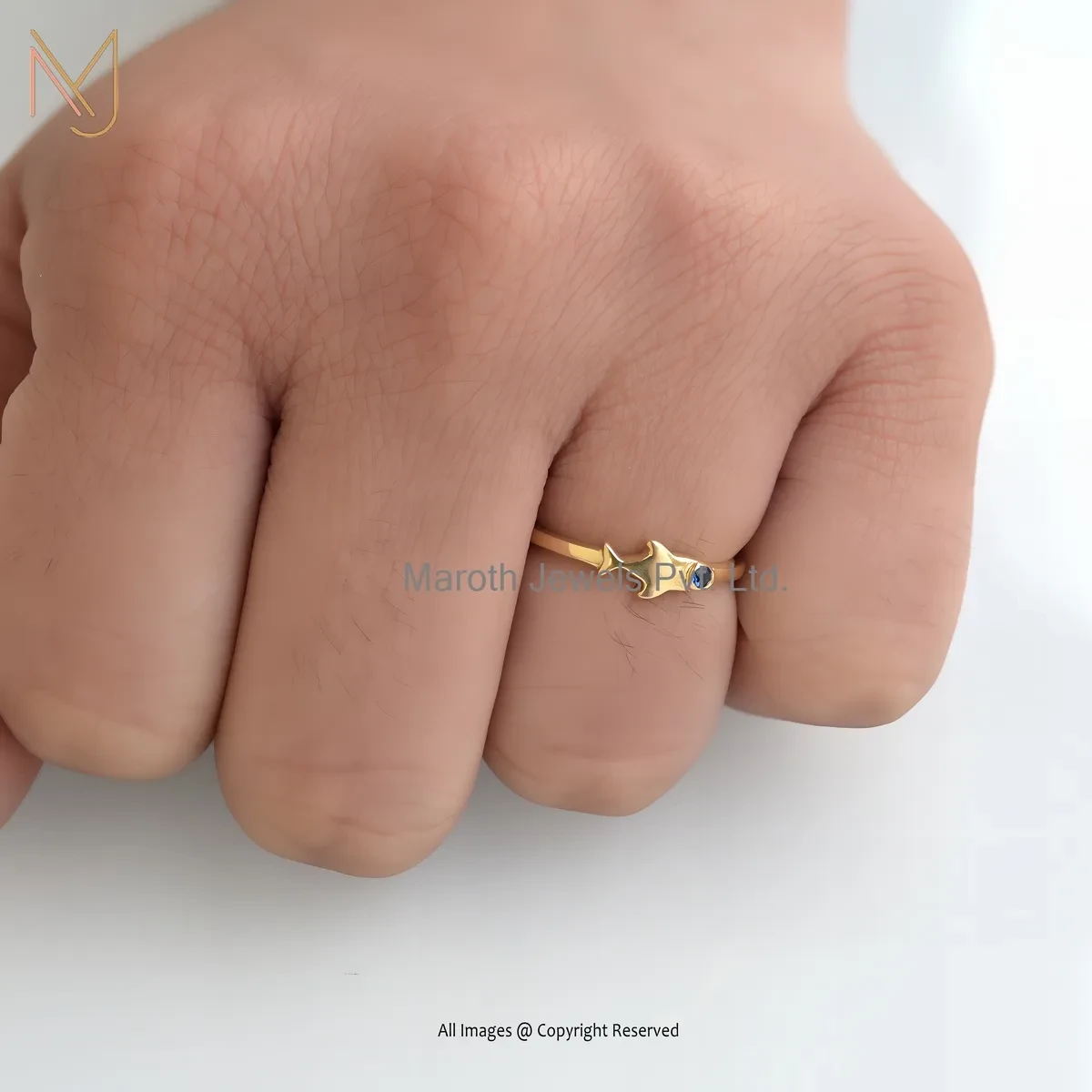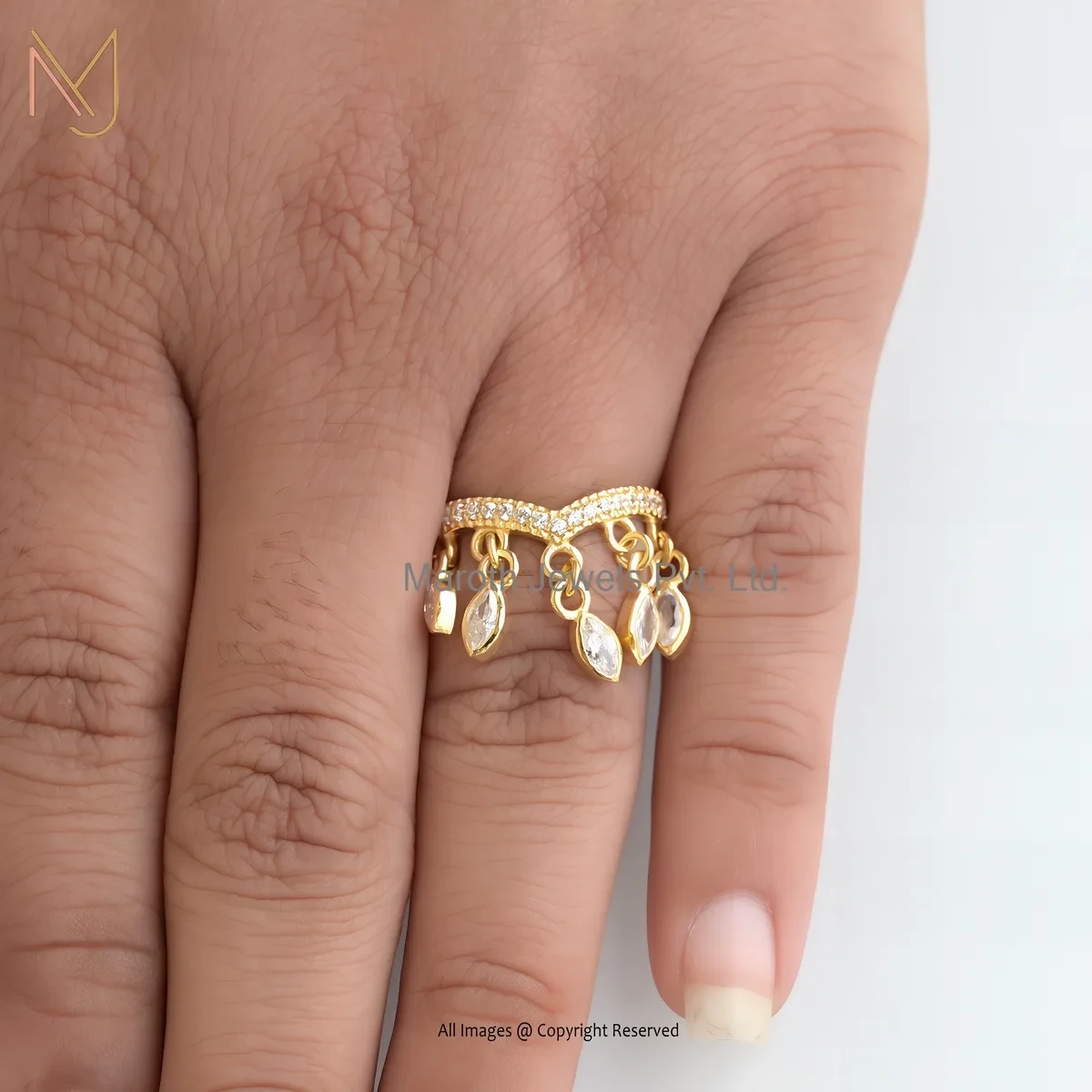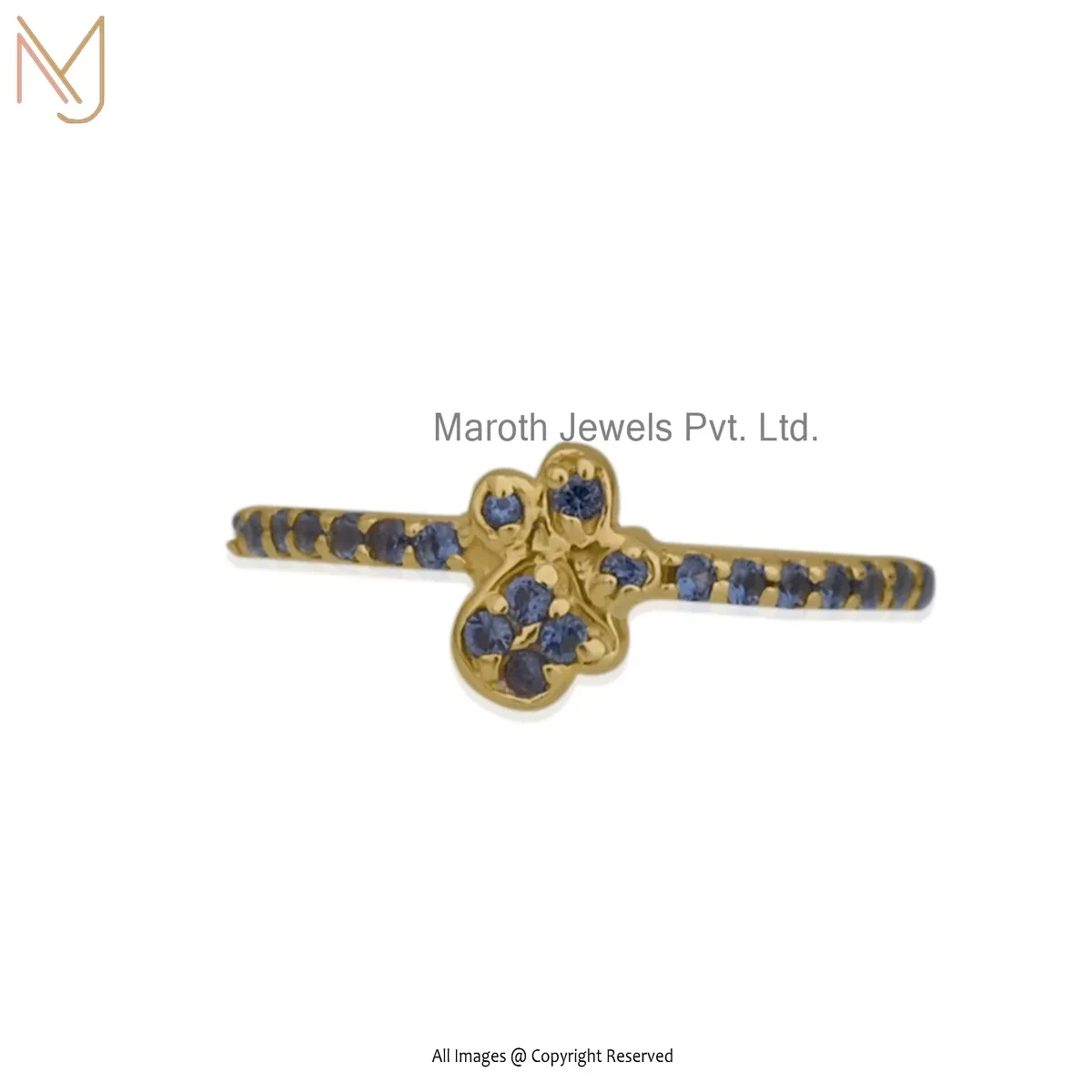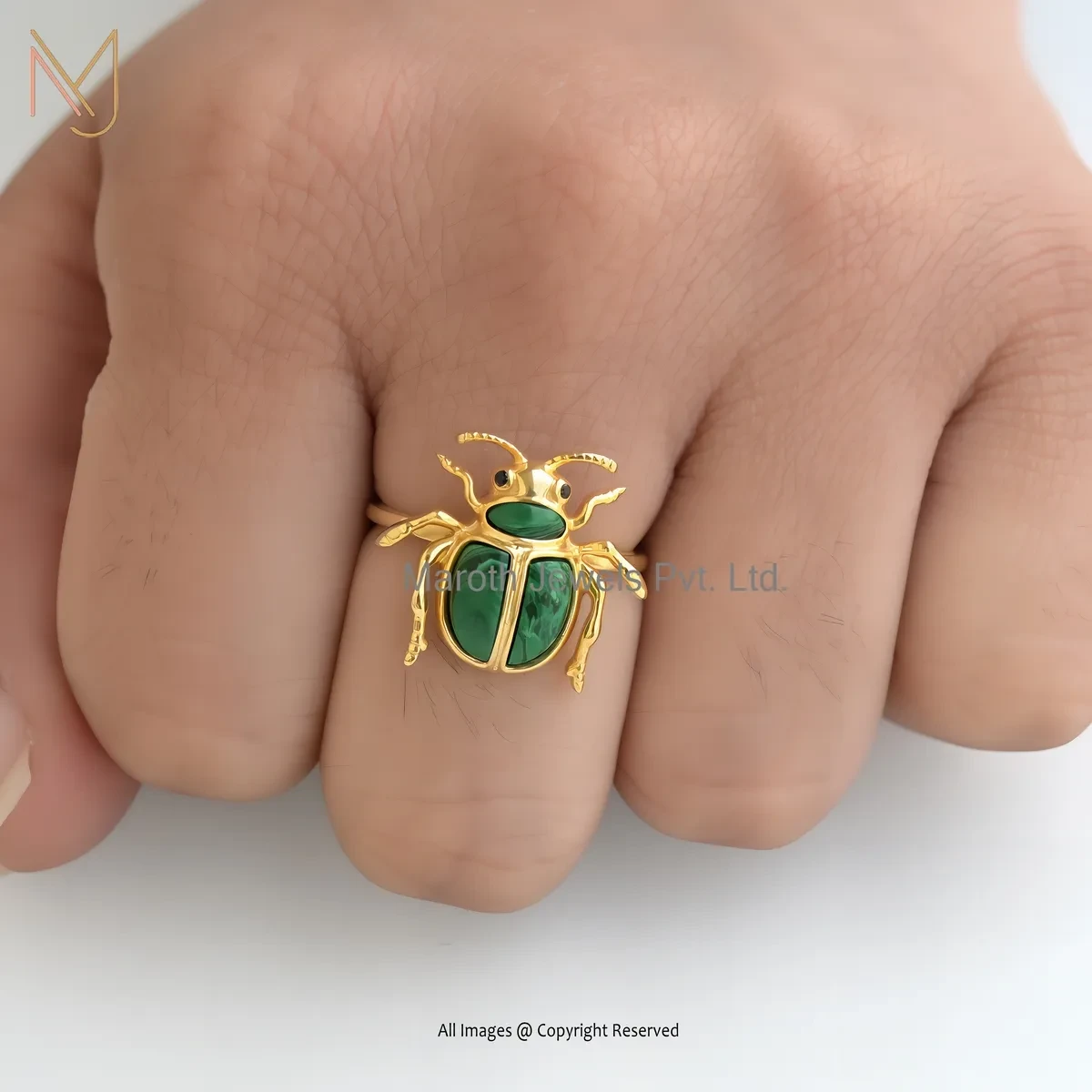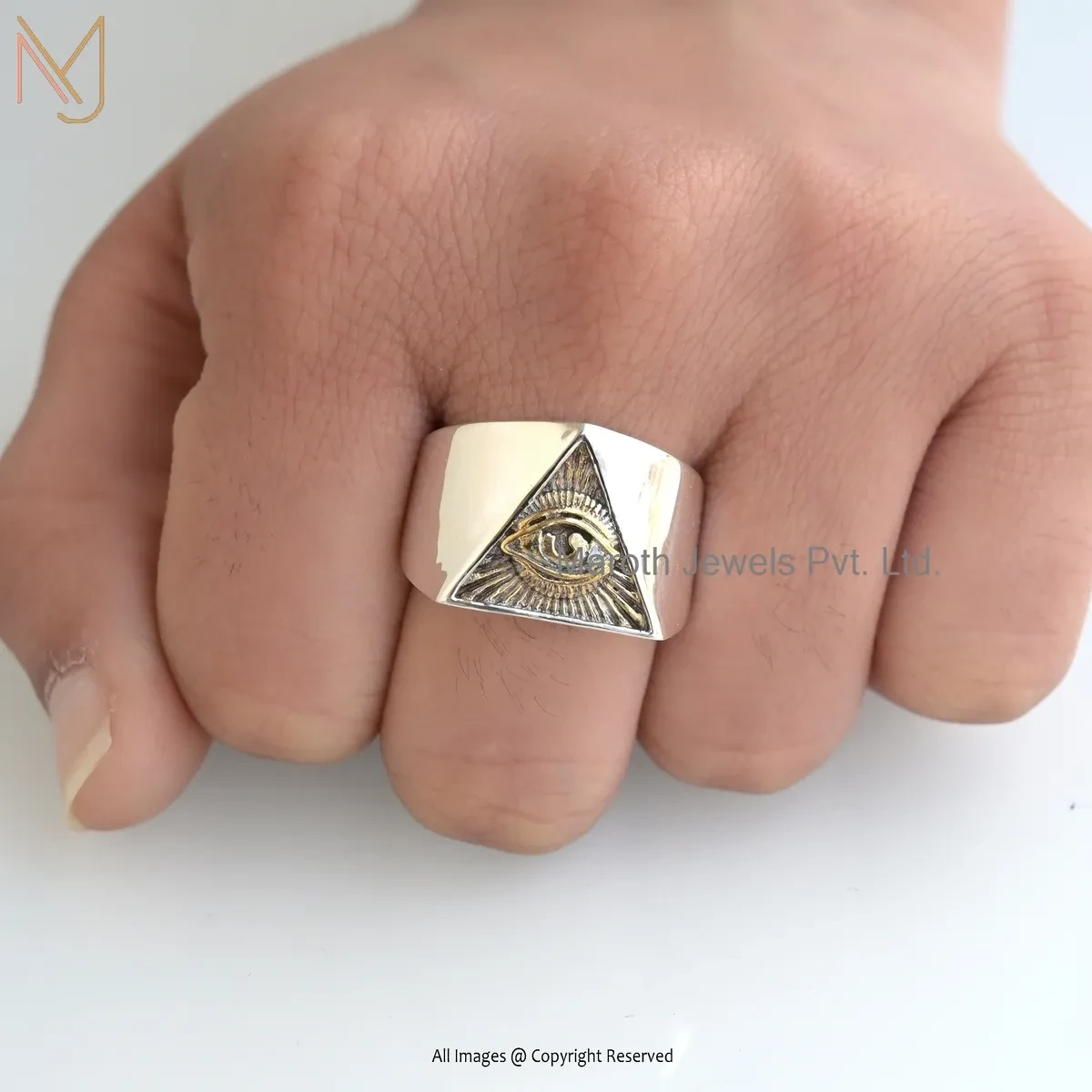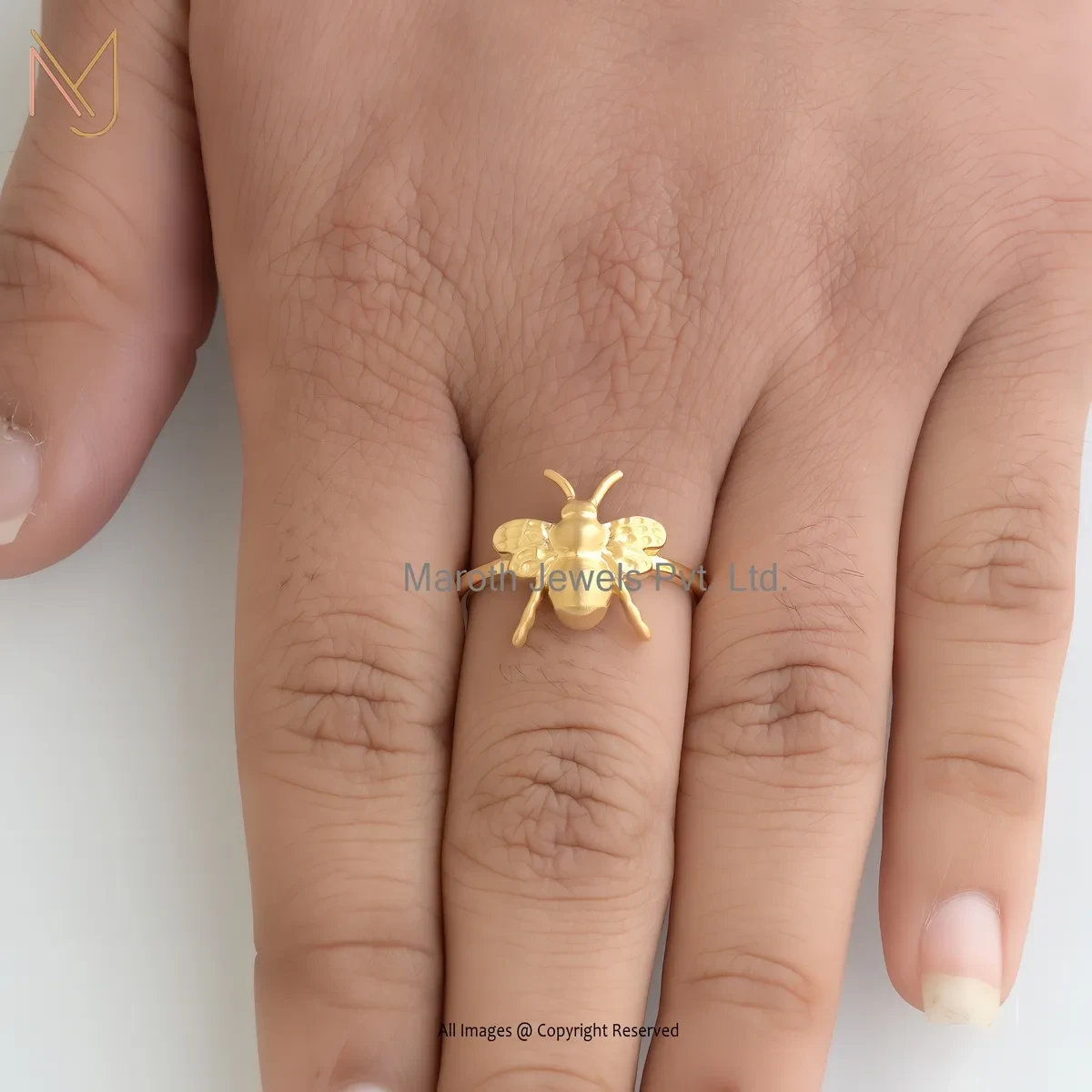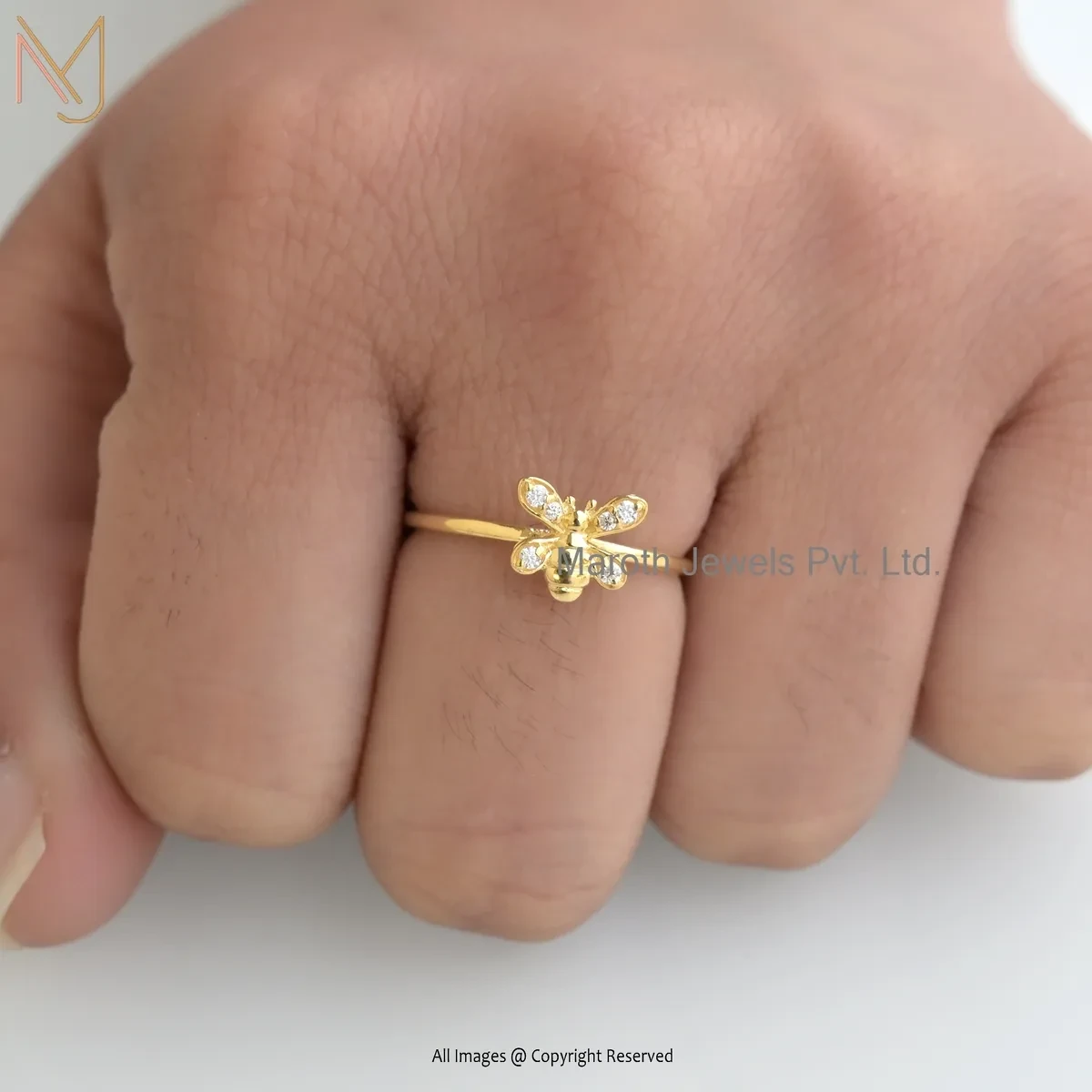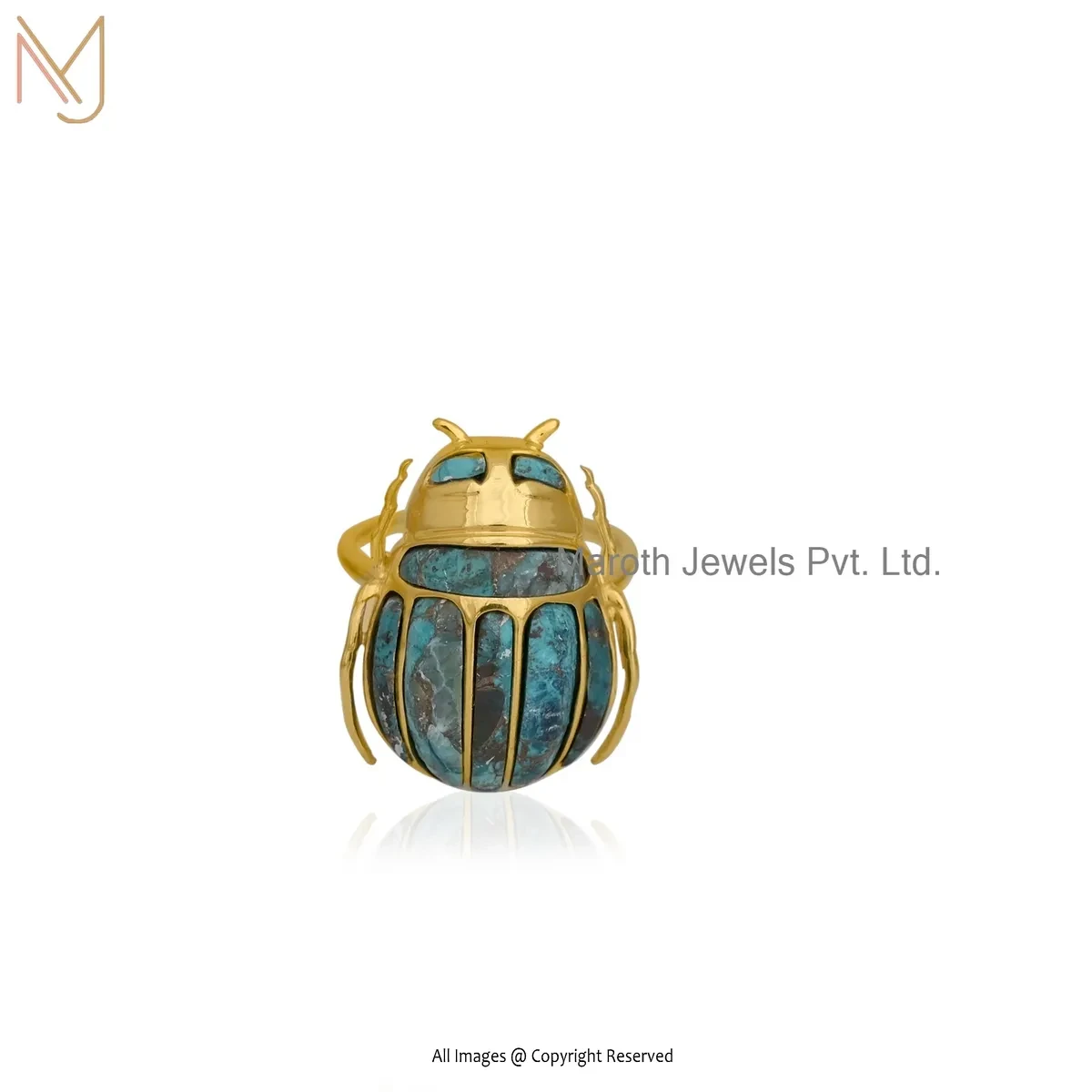Mood Ring Color Meanings & How Does It Work?
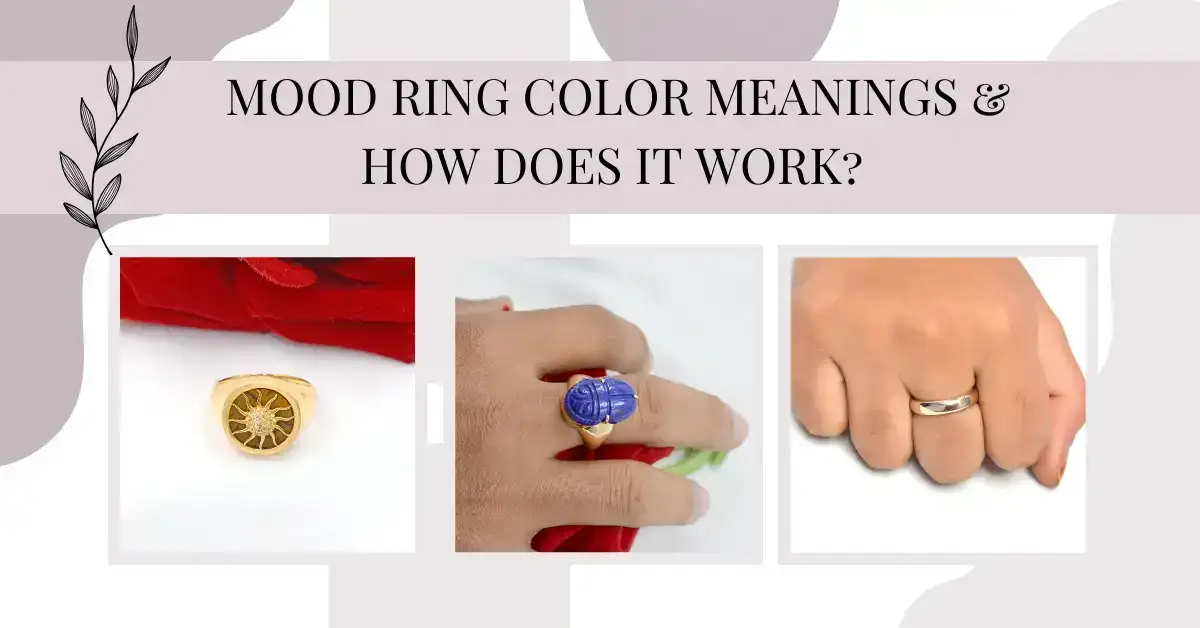
Mood Ring Color Meanings & How Does It Work?
Mood rings have several symbolic connotations based on their color. Although every mood ring maker is unique, the following are some of the most typical connotations connected to each color of the mood ring:
Black: Stressed, anxious, tense, or overworked
Gray: Tense, apprehensive, or uneasy
White: Bewildered, bored, or frustrated
Brown: agitated, anxious, or filled with expectation
Red: Extreme vigor, ranging from ardor to fury
Pink: Indecisive, agitated, or intrigued
Orange: Willing to give everything a shot
Yellow: Ingenious and disoriented
Amber or Gold: Uneasy, taken aback, or agitated
Green: Peaceful, cozy, and at a nice location
Blue Green: content, tranquil, easygoing
Blue: Exuberant, carefree, joyful, and gregarious
Darkness Blue: Seeking romance or love
Purple: vibrant, ecstatic, ecstatic, purposeful, and lucid
Mood Ring Colour Change Process
It's remarkable how a mood ring works. The key to the mood ring's shifting color scheme is liquid crystals. Either a thin coating of the material adheres to a silver setting right below the clear glass stone in the ring, or the stone itself is filled with liquid crystals.
The Reasons for the Inaccurate Colors
Many thermo chromic pigments are used in contemporary mood rings. Other pigments function from a different temperature range, even if many of the rings could be tuned to a nice green or blue color at typical peripheral body temperature. Therefore, at normal (calm) body temperature, one mood ring may be blue, whereas another ring made of a different material might be red, yellow, purple, etc.
VISIT FOR :: indian bangles wholesale
Modern thermochromic pigments may repeat or cycle between colors; for example, if a ring becomes violet, a rise in temperature might cause it to turn brown. Only two or three colors are shown by other pigments. Leuco dyes, for instance, often exist in an intermediate, colored, and colorless form.
Temperature Affects Colour
Mood jewelry's color changes with temperature; therefore, the location of wear will affect the information it provides. A stone in a mood ring could show off a chilly hue, but when it meets flesh, the same stone might take on a warmer hue. Has the wearer's disposition changed? No, it's just that the fingertips are colder than the chest! Antiquated mood rings were infamous for being easily damaged beyond repair. The pigments would react with the water if the ring became wet or exposed to high humidity, which would cause them to lose their color-changing properties. It would make the ring black. Water still has an impact on contemporary mood jewelry, which may permanently turn brown or black when wet.
Mood "stones" that are used to make beads are usually covered with a polymer to prevent harm.
The amazing thing about the beads is that one may show off a whole rainbow of colors, with the coldest color (black or brown) facing away from the body and the hottest color (facing the flesh) showing through. It's reasonable to conclude that the colors cannot be used to gauge the wearer's emotional state since several colors may appear on a single bead.
Lastly, a colored glass, quartz, or plastic dome placed over the thermochromic crystals may alter the color of a mood ring. For example, if a blue pigment were covered with a yellow dome, the result would be green. The only method to determine what mood a color could be connected with is to explore, even though the color changes will follow a predictable pattern.
Liquid Crystals React to Variations in Temperature
The liquid crystals in the ring may vary in response to temperature fluctuations. Blue hues are produced when more warmth forces the crystals in a mood ring to shift positions. The color may even deepen to purple, which is said to be the color of passion, in response to an exceptionally warm reaction.
If your mood ring detects a drop in body temperature, the liquid crystals reorganize themselves to reflect the brighter colors in their spectrum, producing tones that range from amber to green.
The Significance of Your Mood Ring for You
Although the color meanings of mood rings are intriguing to learn about, they aren't strictly scientific. Nevertheless, you never know; wearing a mood ring can make you more self-aware. It's interesting to discover what your mood ring is saying about you now that you know what the colors may represent.
VISIT FOR :: custom pendant india
Constraints and Rebuttals for Mood Rings
Of course, others disagree with mood rings, just as with every fashionable item. Some claim that there is insufficient data to substantiate the notion that certain hues correspond to certain emotions. Some claim that the technology behind mood rings could be more precise and scientific.
Interesting Mood Ring Facts
Actually, two New York innovators, Joshua Reynolds and Maris Ambats, created mood rings in the late 1960s. They used liquid crystal technology, which was novel and cutting-edge at the time.
Since then, mood rings have gained worldwide popularity as an adornment. They have appeared in TV series, motion pictures, and even fashion shows. Not only do mood rings use liquid crystal technology, but everyday items like thermometers that change color according to temperature and infant bottles are other examples.
Mood rings are based on actual research, making them more than simply a lighthearted adornment! There isn't a set color for mood rings, but many individuals do say that seeing a specific color on their ring makes them feel a certain way. There is no doubt that they're a lighthearted and enjoyable form of self-expression, even for doubters and believers alike. Now go ahead, treat yourself to a mood ring, and see what color it turns; you never know; it could simply disclose a previously unknown aspect of your feelings!
There is more to mood rings than just how they make you feel! You heard correctly. Mood rings may change color in response to variations in body temperature as well as changes in the wearer's mood or exposure to light.
The mood ring's color changes with temperature. Therefore, the location of wear will have an impact on the results. A stone in a mood ring may seem chilly, but as it comes into touch with your neck's flesh, it may take on a different hue. Do the emotions of the wearer change? No, it occurs because the temperature in the chest is lower than that of the fingers!
The old mood rings were notoriously dangerous. If the ring became wet or were exposed to high humidity, the color would react with the water and cease changing. The ring would become opaque. Contemporary mood rings are prone to dampness and, when exposed, may become permanently brown or black.
To protect them from damage, mood "stones" that are used as beads are usually covered with a polymer. The great thing about the beads is that one may show off a whole color spectrum, with the warmest tone pointing in the direction of the skin and the most amazing color (like black or brown) pointing in the opposite direction.
Conclusion
Moreover, you may change the hue of a mood ring by placing colored glass, quartz, or a plastic dome over the thermochromic crystals. For example, if a yellow dome were put over a blue color, the pigment would seem green. The only way to find out which feelings a coloring could inspire is to try, even though the color changes will follow a predictable pattern.
READ MORE:: 2 Carat Lab Grown Diamond Price In India
Recent Posts
Custom Jewelry vs Fine Jewelry
Wholesale Custom Nameplate Jewelry Manufacturer
Custom Jewelry Manufacturers in Singapore
How Do I Buy Wholesale and Sell Jewelry?
Best Online Wholesale Jewelry Shopping App
Related products
925 Silver Rhodium Plated Pave Diamond Blue Sapphire Gemstone Designer Ring USA
925 Sterling Silver Rhodium Plated Diamond & Ruby Gemstone Ring Custom Jewelry
Private Lable 925 Silver Rhodium Plated Pave Diamond Pearl Gemstone Ring Jewelry
14K Soild Yellow Gold Infinity Ring Jewelry Supplier
925 Sterling Silver Yellow Gold Plated Infinity Ring Jewelry Supplier
14K Yellow Gold Moissanite Fish Ring Custom Jewelry
925 Silver Yellow Gold Plated Moissanite Fish Ring Custom Jewelry
Wholesale 14K Yellow Gold White Cubic Zircon Dangling Charm Ring
Wholesale 925 Sterling Silver Yellow Gold Plated White CZ Dangling Charm Ring
14K Yellow Gold Diamond & Moissanite Paw Print Ring Jewelry Supplier
14K Yellow Gold Labradorite And Black Cubic Zircon Gemstone Scarab Ring USA
925 Sterling Silver Yellow Gold Plated Labradorite And Black CZ Scarab Ring USA
14K White & Yellow Gold Triangle Eye Ring Custom Jewelry
14K Yellow Gold Honey Bee Ring Manufacturer
925 Silver Yellow Gold Plated Honey Bee Ring Manufacturer
Wholesale 14K Yellow Gold Diamond & Moissanite Honey Bee Ring
14K Yellow Gold Turquoise Gemstone Scarab Ring Jewelry Supplier
Contact Us For Custom Jewelry
Please get in touch with us and share your ideas if you have personalized jewelry or are searching for a private label jewelry manufacturer. In accordance with your suggestions, we will make and present genuine jewelry.
Drop Us a Line
Scan QR Code
for immediate contact
